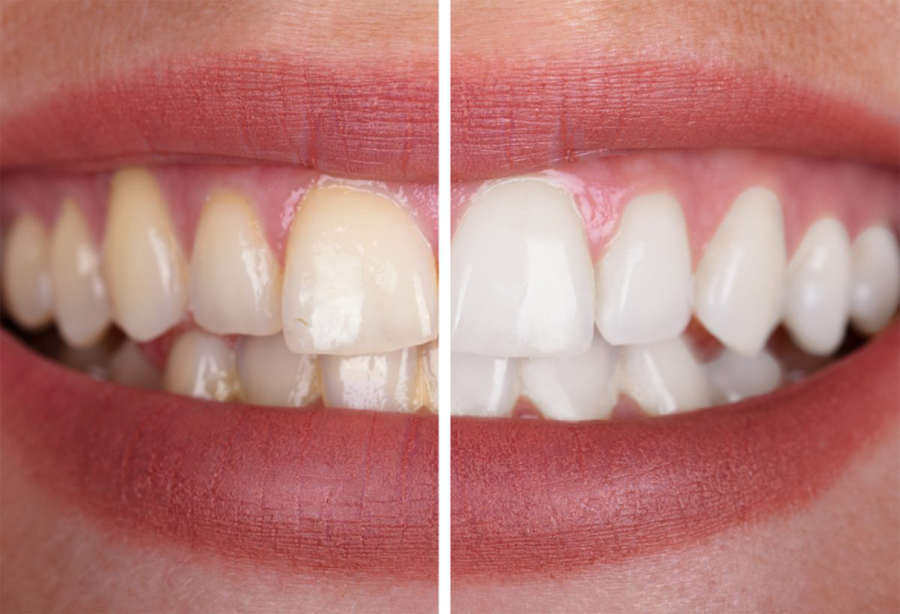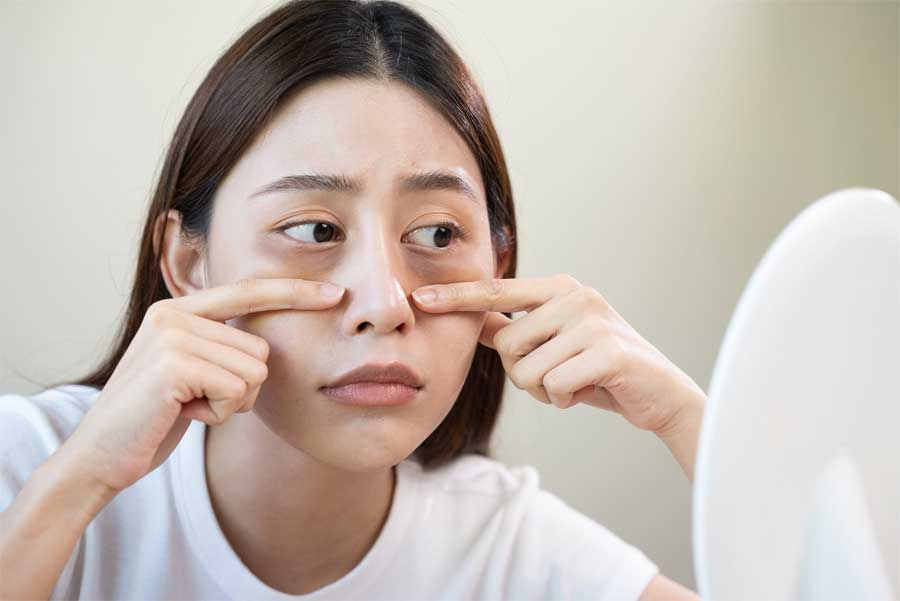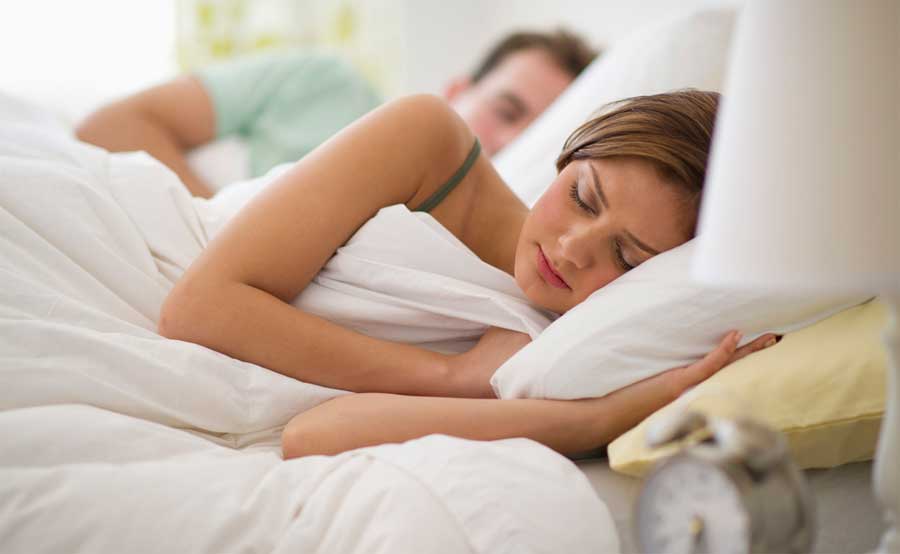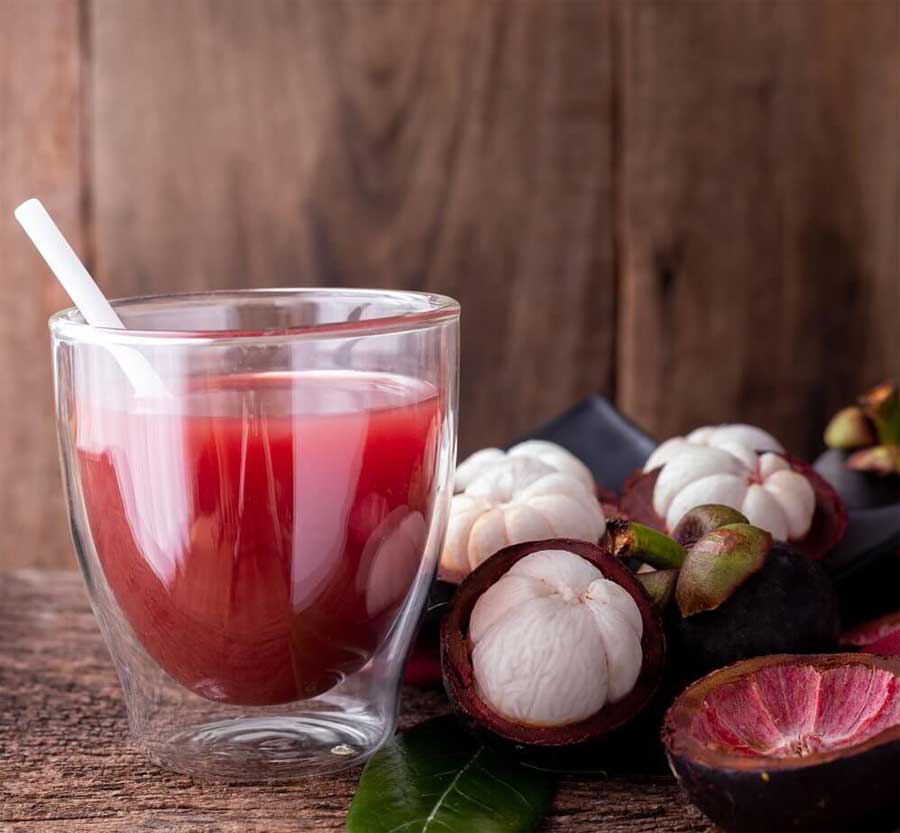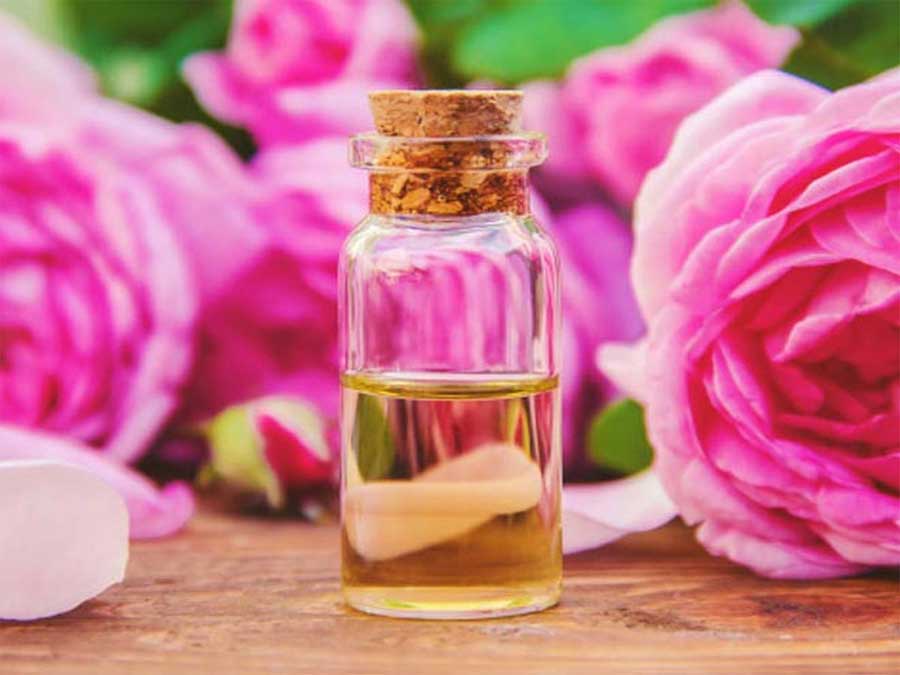Are you or anyone you know struggling with lice infestation? If so, you’re not alone. Millions of people around the world suffer from this frustrating and uncomfortable problem, particularly children. Fortunately, there is a natural solution that might just do the trick: coconut oil.
Coconut oil has been used for centuries in many parts of the world as a natural remedy for various ailments, including lice. Unlike chemical treatments that can be harsh on your scalp and hair, coconut oil is gentle, nourishing, and safe for your skin.
But does coconut oil really kill lice? The answer is yes. In fact, coconut oil has been found to be highly effective in not only killing lice but also preventing their eggs from hatching. This makes it a powerful tool in the fight against lice infestation.
In this article, we’ll take a closer look at why coconut oil is such a great option for lice treatment, how it works, and how you can use it to get rid of lice for good.
Understanding Lice Infestation and Its Symptoms
Lice infestation is a common problem, particularly among children. These tiny insects, also known as human head lice, live on the scalp and lay eggs at the base of hair strands. The infestation can cause severe itching, redness, and rash on the scalp and neck.
If you’re not sure whether you or your child has lice, here are some common symptoms to look out for:
- Itchy scalp
- Irritation and redness on the scalp and neck
- Small white or yellowish eggs (nits) attached to hair strands close to the scalp
- Small brown or gray insects crawling on the scalp
Lice spread through direct contact with other individuals who have them, or by sharing personal items like hats, combs, and brushes. Lice cannot jump or fly, so they rely on physical contact to get from person to person.
If you suspect that you or your child has lice, it’s important to take action quickly to prevent the infestation from spreading to other family members or classmates.
Did you know? According to the Centers for Disease Control and Prevention (CDC), an estimated 6-12 million cases of head lice occur every year in the United States among children 3-11 years of age.
How Does Coconut Oil Work for Lice Treatment?

Coconut oil has been used as a natural remedy for various skin and hair ailments for centuries. When it comes to lice treatment, coconut oil is an effective alternative to harsh chemical treatments. So, how does coconut oil work to get rid of lice?
Coconut oil suffocates and kills lice by clogging their breathing holes.
Lice breathe through small pores located on the sides of their bodies. When coconut oil is applied to the hair and scalp, it clogs these breathing holes, suffocating the lice. The oil also helps to loosen the bond between the lice and hair, making it easier to comb them out.
Another benefit of using coconut oil for lice treatment is that it has natural moisturizing properties. Lice treatments that use harsh chemicals can leave the hair dry and damaged. Coconut oil helps to nourish and condition the hair, leaving it soft and healthy.
The medium-chain fatty acids in coconut oil also have antimicrobial properties that can help prevent infection or further infestation.
Overall, coconut oil is a safe, effective, and natural solution for lice treatment that is free from harmful chemicals and side effects.
How to Use Coconut Oil for Lice Treatment?
Using coconut oil to treat lice is a simple and natural way to get rid of those pesky parasites. Here is how you can use coconut oil for lice treatment:
- Start with a dry hair. Apply coconut oil generously all over the scalp and hair, making sure you cover all areas.
- Massage the coconut oil into your hair and scalp for about 5-10 minutes to ensure that it covers every strand and scalp deeply.
- Once you’ve covered all of your hair, place a shower cap over your head. This will help to trap the heat and make sure that the coconut oil penetrates deeply into the scalp and hair.
- Leave the coconut oil in your hair for at least 8 hours or overnight. This gives the coconut oil enough time to suffocate and kill the lice and their eggs.
- After the designated time, use a fine-tooth comb to comb through your hair thoroughly and remove all dead lice and their nits.
- Wash your hair with a mild shampoo and warm water to remove any leftover oil. You may need to shampoo twice to get rid of all the oil.
Repeat this process 2-3 times a week until all the lice and nits are gone. You can also add a few drops of essential oils like tea tree oil or lavender oil to the coconut oil for extra antiseptic properties.
Remember to clean your combs, brushes, and beddings thoroughly to prevent re-infestation.
Tips for Preventing Lice Infestation
Lice infestation can be prevented by taking certain precautions. Here are some tips that can help you keep those pesky bugs at bay:
- Avoid sharing personal items: Lice can spread through the sharing of personal items such as combs, brushes, hats, and helmets. Encourage your kids to use their own items and not to share them with others.
- Tie hair back: Long hair should be tied back and away from the face. This makes it harder for lice to transfer from one person to another.
- Regular cleaning: Clean your home regularly, especially beddings, towels, and clothes. These items should be washed in hot water to kill any lice or eggs that may be present.
- Perform regular checks: Check your child’s head for lice regularly, especially if there has been an outbreak at their school. Early detection and treatment can prevent the spread of lice to others.
- Be cautious: Be cautious when in contact with people who have lice, as lice can easily transfer from one person to another. Avoid close contact and keep your personal items separate.
By following these tips, you can greatly reduce the chances of lice infestation in your home. However, if you or your child does get lice, coconut oil can be an effective and natural solution for treatment.
Check out more:
>> 8 Substitutes for Coconut Oil
>> Fractionated Coconut Oil Uses
>> 3 Best Coconut Oil for Dandruff Home Remedies
Frequently Asked Questions About Coconut Oil for Lice Treatment
Treating lice with coconut oil is a natural and effective solution. However, you may still have some questions before trying this treatment. Here are some frequently asked questions about using coconut oil for lice treatment.
How long should I leave coconut oil in my hair to treat lice?
It is recommended to leave the coconut oil in your hair for at least 8 hours, or overnight. This allows enough time for the oil to suffocate and kill the lice.
How often should I apply coconut oil for lice treatment?
You should apply coconut oil for lice treatment every few days until the infestation is completely gone. It’s important to continue to use the treatment even if you don’t see any lice or nits (lice eggs) to ensure that any remaining eggs are eliminated.
Is coconut oil treatment safe for children?
Yes, coconut oil is safe for children when used properly. However, it’s important to supervise children during the treatment to ensure they don’t ingest the oil or get it in their eyes.
Can I use other treatments alongside coconut oil?
It’s best to use only coconut oil during the treatment period to ensure that you don’t accidentally mix chemicals and cause any adverse reactions. If you want to use another treatment, wait at least a week after using coconut oil to ensure it’s fully out of your hair before trying another treatment.
Are there any other benefits of using coconut oil for lice treatment?
Yes, coconut oil is not only effective in treating lice but it can also nourish and condition your hair. Coconut oil contains fatty acids that can help repair and strengthen your hair. So, while treating lice, you’re also nourishing your hair.
Should I use raw or refined coconut oil for lice treatment?
Both raw and refined coconut oil can be used for lice treatment, but raw coconut oil may contain more nutrients and antioxidants than refined oil. However, refined coconut oil can still be effective in treating lice.
Now that you have some answers to your questions, you can confidently use coconut oil for lice treatment and enjoy a natural and effective method of getting rid of these pesky bugs.



